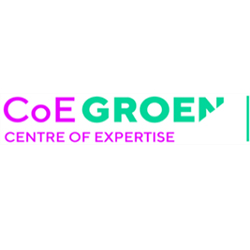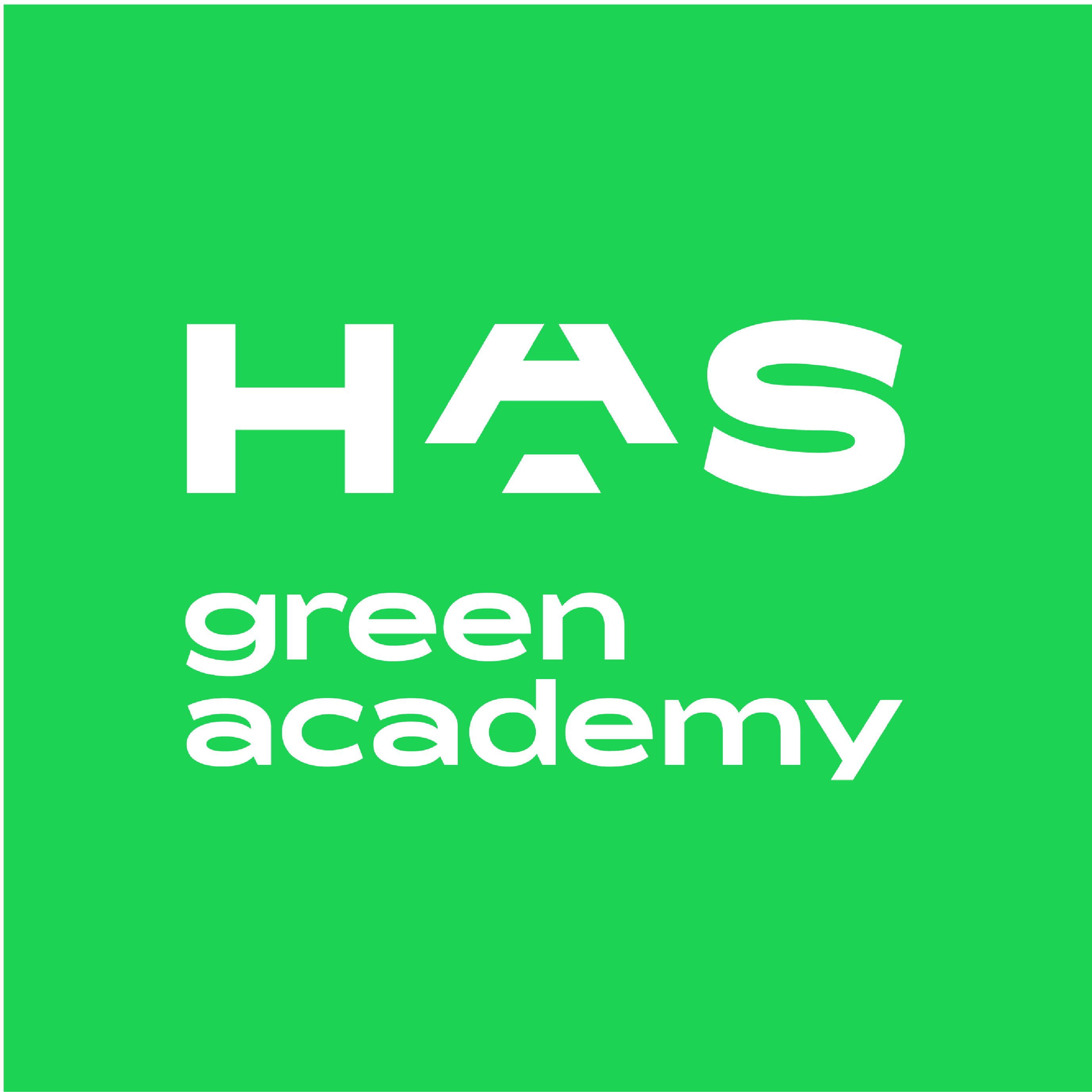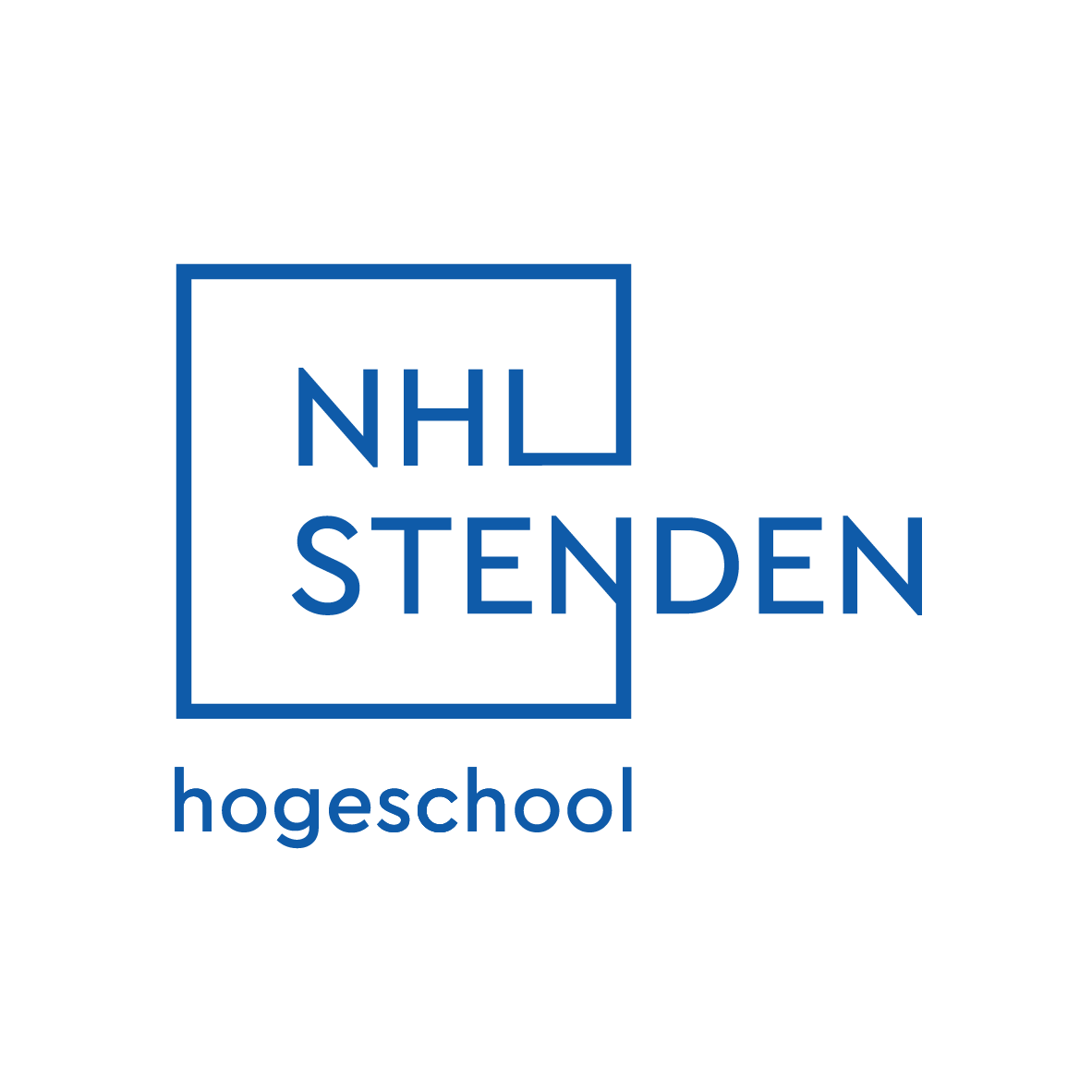Cartoon report met Live drawings van Daniel -Danibal- Hentschel, tijdens workshop 'Co-Creating beyond green', Society 5.0 festival, Amsterdam. Een workshop georganiseerd door Marije Kanis, Astrid Lubsen, Annika Kuijper en Mark van Wees, in het kader van project Samen zichtbaar duurzaam.
MULTIFILE
Green spaces play an important role in urban areas. We study the accessibility of green urban areas by combining open data sets about green with population size data. We develop a mathematical model to define the population density of a green area and calculate the available green space depending on the location. To this end, we do not only consider walking distance to and size of the green area, but also take into account the local population size. Our model quantifies how the available green space depends on the location in the city, such that heavily populated areas have a small amount of green available, even when closely located to a green area.
DOCUMENT

Information and Communication Technologies (ICTs) affect the environment in various ways. Their energy consumption is growing exponentially, with and without the use of ‘green’ energy. Increasing environmental awareness within information science has led to discussions on sustainable development. ‘Green Computing’ has been introduced: the study and practice of environmentally sus- tainable computing. This can be defined as ‘designing, manufacturing, using, and disposing of com- puters, servers, and associated subsystems - such as monitors, printers, storage devices, and net- working and communications systems - efficiently and effectively with minimal or no impact on the en- vironment’. Nevertheless, the data deluge makes it not only necessary to pay attention to the hard- and software dimensions of ICTs but also to the value of the data stored. We explore the possibilities to use information and archival science to reduce the amount of stored data. In reducing this amount of stored data, it’s possible to curb unnecessary power consumption. The objectives of this paper are to develop a model (and test its viablility) to [1] increase awareness in organizations for the environ- mental aspects of data storage, [2] reduce the amount of stored data, and [3] reduce power consump- tion for data storage. This model integrates the theories of Green Computing, Information Value Chain (IVC) and Archival Retention Levels (ARLs). We call this combination ‘Green Archiving’. Our explora- tory research was a combination of desk research, qualitative interviews with information technology and information management experts, a focus group, and two exploratory case studies. This paper is the result of the first stage of a research project that is aimed at developing low power ICTs that will automatically appraise, select, preserve or permanently delete data based on their value. Such an ICT will automatically reduce storage capacity and curb power consumption used for data storage. At the same time, data disposal will reduce overload caused by storing the same data in different for- mats, it will lower costs and it reduces the potential for liability.
DOCUMENT

MUSE supports the CIVITAS Community to increase its impact on urban mobility policy making and advance it to a higher level of knowledge, exchange, and sustainability.As the current Coordination and Support Action for the CIVITAS Initiative, MUSE primarily engages in support activities to boost the impact of CIVITAS Community activities on sustainable urban mobility policy. Its main objectives are to:- Act as a destination for knowledge developed by the CIVITAS Community over the past twenty years.- Expand and strengthen relationships between cities and stakeholders at all levels.- Support the enrichment of the wider urban mobility community by providing learning opportunities.Through these goals, the CIVITAS Initiative strives to support the mobility and transport goals of the European Commission, and in turn those in the European Green Deal.Breda University of Applied Sciences is the task leader of Task 7.3: Exploitation of the Mobility Educational Network and Task 7.4: Mobility Powered by Youth Facilitation.
In this proposal, a consortium of knowledge institutes (wo, hbo) and industry aims to carry out the chemical re/upcycling of polyamides and polyurethanes by means of an ammonolysis, a depolymerisation reaction using ammonia (NH3). The products obtained are then purified from impurities and by-products, and in the case of polyurethanes, the amines obtained are reused for resynthesis of the polymer. In the depolymerisation of polyamides, the purified amides are converted to the corresponding amines by (in situ) hydrogenation or a Hofmann rearrangement, thereby forming new sources of amine. Alternatively, the amides are hydrolysed toward the corresponding carboxylic acids and reused in the repolymerisation towards polyamides. The above cycles are particularly suitable for end-of-life plastic streams from sorting installations that are not suitable for mechanical/chemical recycling. Any loss of material is compensated for by synthesis of amines from (mixtures of) end-of-life plastics and biomass (organic waste streams) and from end-of-life polyesters (ammonolysis). The ammonia required for depolymerisation can be synthesised from green hydrogen (Haber-Bosch process).By closing carbon cycles (high carbon efficiency) and supplementing the amines needed for the chain from biomass and end-of-life plastics, a significant CO2 saving is achieved as well as reduction in material input and waste. The research will focus on a number of specific industrially relevant cases/chains and will result in economically, ecologically (including safety) and socially acceptable routes for recycling polyamides and polyurethanes. Commercialisation of the results obtained are foreseen by the companies involved (a.o. Teijin and Covestro). Furthermore, as our project will result in a wide variety of new and drop-in (di)amines from sustainable sources, it will increase the attractiveness to use these sustainable monomers for currently prepared and new polyamides and polyurethanes. Also other market applications (pharma, fine chemicals, coatings, electronics, etc.) are foreseen for the sustainable amines synthesized within our proposition.
Carboxylated cellulose is an important product on the market, and one of the most well-known examples is carboxymethylcellulose (CMC). However, CMC is prepared by modification of cellulose with the extremely hazardous compound monochloracetic acid. In this project, we want to make a carboxylated cellulose that is a functional equivalent for CMC using a greener process with renewable raw materials derived from levulinic acid. Processes to achieve cellulose with a low and a high carboxylation degree will be designed.
Centre of Expertise, part of Hogeschool Van Hall Larenstein, HAS green academy, Aeres Hogeschool

Lectorate, part of HAS green academy

Centre of Expertise, part of NHL Stenden Hogeschool
